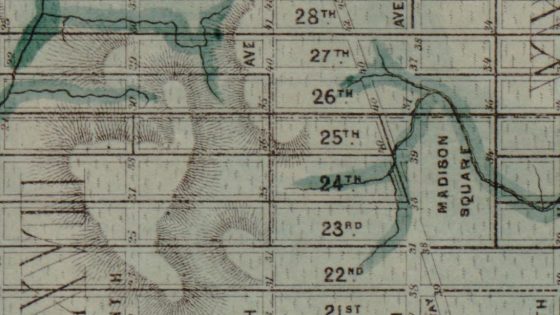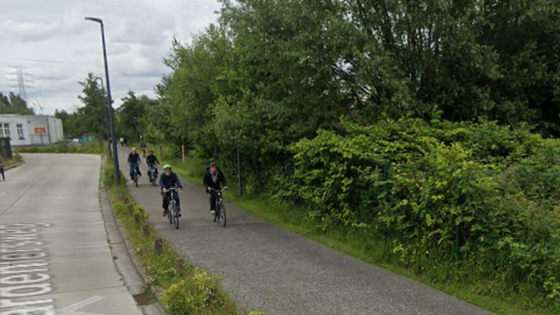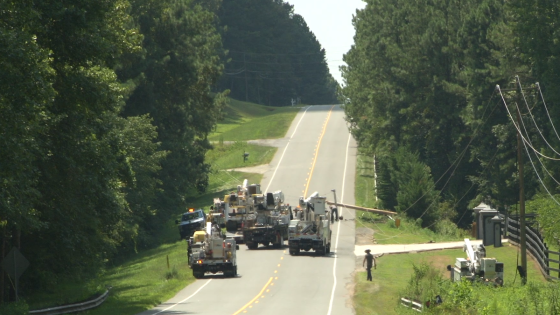Heavy rain in New York City has once again highlighted the challenges of urban infrastructure, particularly at the 28th Street subway station. This location is notorious for flooding, and the recent storm on July 18, 2025, exacerbated the issue, leaving commuters grappling with a geyser of water on the platform.
- NYC transportation newsletter offers weekly updates.
- 28th Street Station flooding linked to topography.
- Aging sewer system struggles with heavy rainfall.
- Wetland paving exacerbates flooding issues.
- Climate change increases storm frequency and intensity.
- New Queens bus routes improve commuter access.
MTA Chair Janno Lieber attributed the flooding to the city’s aging sewer system, which struggled to cope with over two inches of rain in just one hour. However, the unique topography of Manhattan, particularly the marshland beneath the 28th Street station, makes it especially vulnerable to such deluges.
This persistent flooding raises critical questions about urban planning and climate resilience. Why does this station flood more than others? The answer lies in its historical topography and the city’s inability to adapt to climate change.
- 28th Street is built on former marshland, increasing flood risk.
- Outdated sewer systems struggle with modern rainfall patterns.
- 20% of NYC is in flood-prone areas, highlighting systemic vulnerabilities.
- Urban development has exacerbated natural water absorption.
As we look to the future, it’s crucial for city planners and residents alike to advocate for infrastructure improvements that align with our changing climate. How can we better prepare for the storms of tomorrow?































